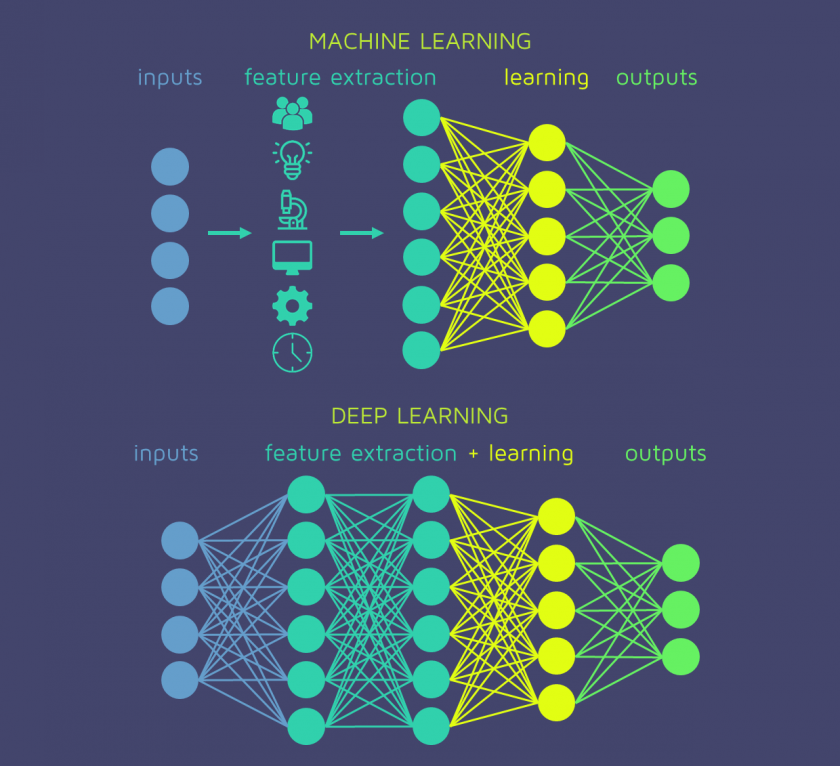Deep Learning
What is Deep Learning?
Definition:
“Deep Learning” is a subfield of machine learning that involves the use of artificial neural networks to simulate the way the human brain works, allowing machines to perform tasks that traditionally required human intelligence. Deep learning algorithms, also known as neural networks, are designed with multiple layers (deep architectures) to automatically learn and represent data hierarchies for decision-making.
Analogy:
Think of Deep Learning as a complex orchestra. Each layer in the neural network is like a section of instruments, with data flowing through them, harmonizing to produce a refined output, mimicking the intricate processing of information in the human brain.
Further Description:
- Neural Networks: The fundamental building blocks of deep learning, neural networks consist of interconnected nodes (artificial neurons) organized in layers. Each layer processes specific aspects of the data.
- Training: Deep learning models require extensive training on large datasets. During training, the model adjusts its parameters to minimize the difference between predicted and actual outcomes, enhancing its ability to generalize to new, unseen data.
- Hierarchical Learning: Deep learning excels at learning hierarchical representations of data. Lower layers focus on basic features, while higher layers combine these features for more abstract and complex representations.
Why is Deep Learning Important?
- Complex Pattern Recognition: Deep learning excels at recognizing patterns in data, making it suitable for tasks such as image and speech recognition.
- Autonomous Decision-Making: Enables machines to make autonomous decisions by learning from large datasets without explicit programming for specific tasks.
- Versatility: Applicable across various domains, including image and speech recognition, natural language processing, and even game playing.
Examples and Usage:
- Image Recognition: Deep learning powers advanced image recognition systems, enabling machines to identify and classify objects in images with high accuracy.
- Natural Language Processing: Used in language-related tasks, such as language translation, sentiment analysis, and chatbots, making machines understand and generate human-like text.
- Autonomous Vehicles: Deep learning is employed in the development of algorithms for autonomous vehicles to interpret and respond to complex visual and environmental cues on the road.
In summary, Deep Learning is a powerful subset of machine learning that leverages neural networks to simulate human-like learning and decision-making processes.
Key Takeaways:
- Deep Learning is a subfield of machine learning using artificial neural networks.
- Neural networks consist of interconnected layers for hierarchical data representation.
- Enables complex pattern recognition and autonomous decision-making.
- Applied in image recognition, natural language processing, and autonomous vehicles.
Table of Contents





